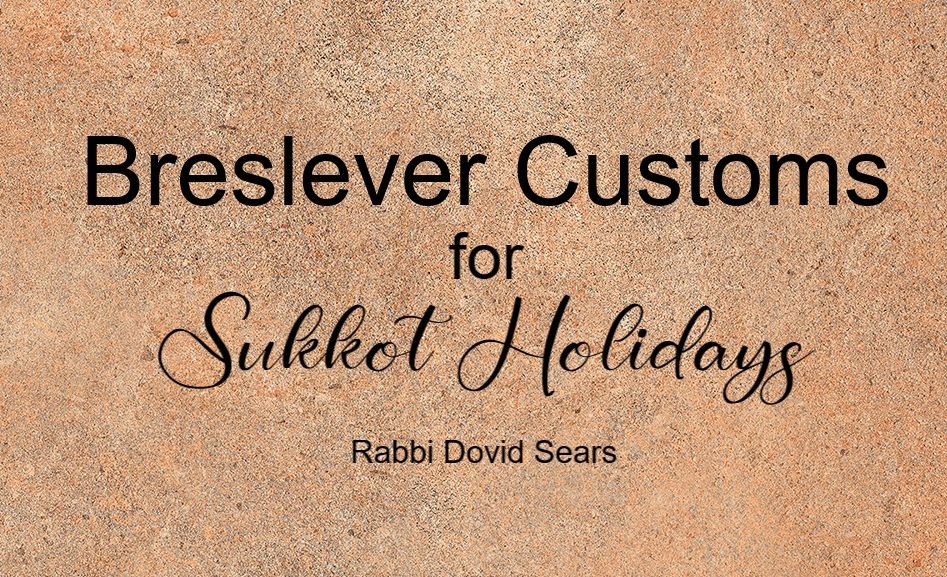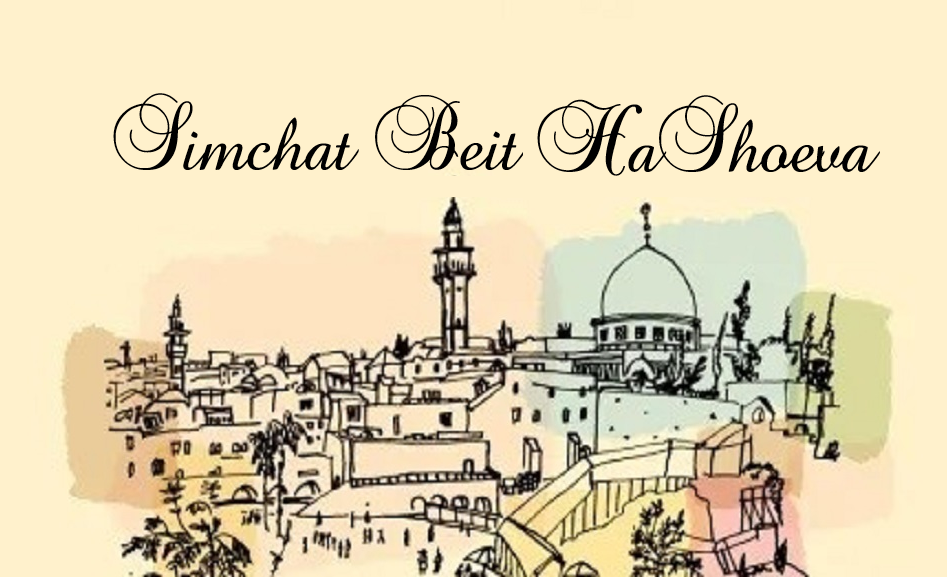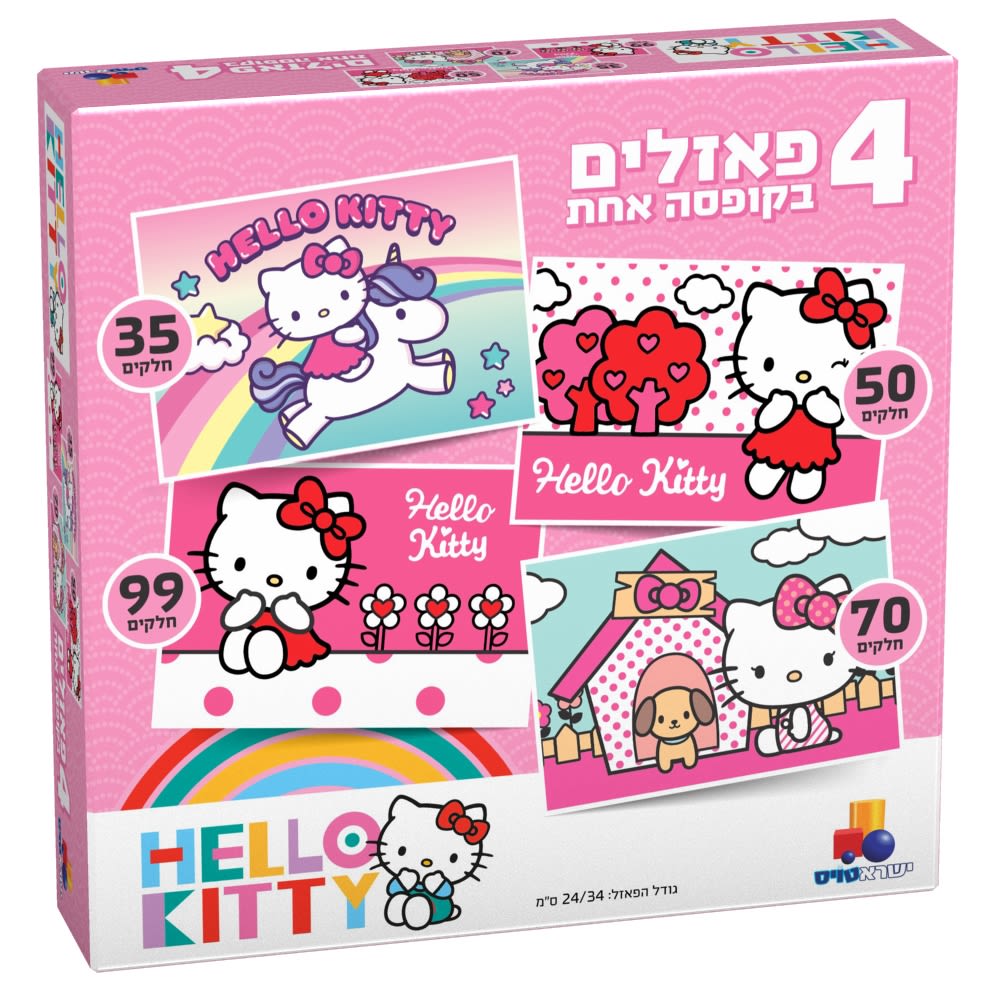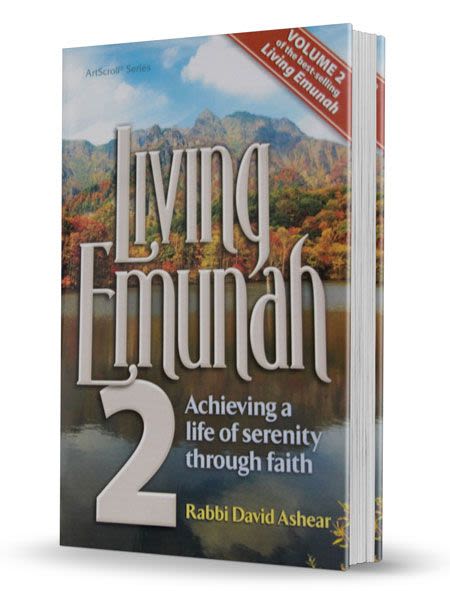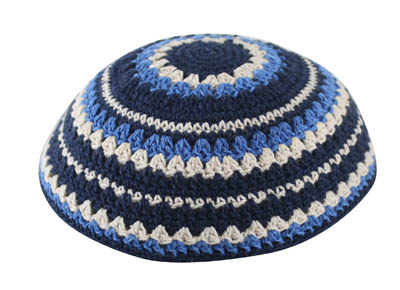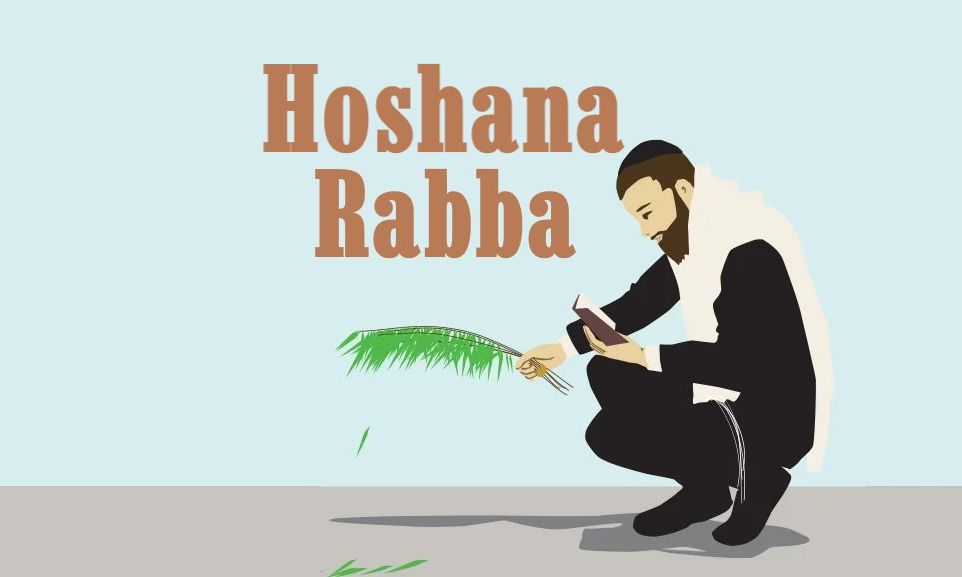
Hoshana Rabba
Although it is part of the intermediate days of Sukkot, Hoshana Rabba is a Yom Tov unto itself. Its source lies in the traditions of the Prophets...

The last day of Chol Hamoed Sukkot is Hoshana Rabba. Although it is part of the intermediate days of Sukkot, Hoshana Rabba is a yom tov (holiday) unto itself. Its source lies in the traditions of the Prophets. Although the Books of Judgment are closed on Yom Kippur, our verdict is sealed on Hoshana Rabba.
According to the Baal Shem Tov, praying with kavana (intent) on Hoshana Rabba, Shemina Atzeret and Simchat Torah will influence the kavana of our prayers throughout the entire year. Certainly a worthwhile investment!
On Hoshana Rabba, we greet our friends with the blessing, “piska tova,” a good note, referring to the final inscription and sealing in the Book of Life for the coming year.
The Chassidic custom is to designate this day as the day of Ushpizin (exalted guest) of David HaMelech (King David).
Many people remain awake the entire night of Hoshana Rabba for two reasons:
- Hoshana Rabba is a Day of Judgment
- In memory of David HaMelech who remained awake learning Torah and singing praises to Hashem every night. (It should be mentioned that Hoshana Rabba always falls out on the same day of the year as the previous Shavuot…the date of passing of David Hamelech.) The Book of Devarim is read in the synagogue from a Torah scroll, and most people recite the entire book of Tehillim.
Many men wear the white kittel (white robe as on Yom Kippur). Some begin wearing it Hoshana Rabba night, others put it on in the morning.
It is the custom to pray vatikin (pray at sunrise).
The Shacharit service reflects the dual nature of the day. Although we recite the pesukei d’zimra of yom tov, the rest of the service is the same as any other day of Chol Hamoed (intermediate days of a holiday).
At the end of the special Hoshana Rabba hoshanot (circling the lectern while waving the lulav and etrog and reciting special prayers), we beat five willow branches against the ground. The willow, whose shape is like the mouth, symbolizes that the Jewish People’s strength lies in its mouth, in the power of prayer!
The willow branches are put away to be burned with the chametz on erev Pesach (the day before Passover).
It is customary to eat a full yom tov seudah (festive meal) on Hoshana Rabba, with fish, soup, and meat. Many people eat kreplach (small dumplings filled with ground meat, mashed potatoes, or other filling), like on erev Yom Kippur, to show that Hashem’s judgment is surrounded with chessed (kindness).
May we all merit a pitka tova!



